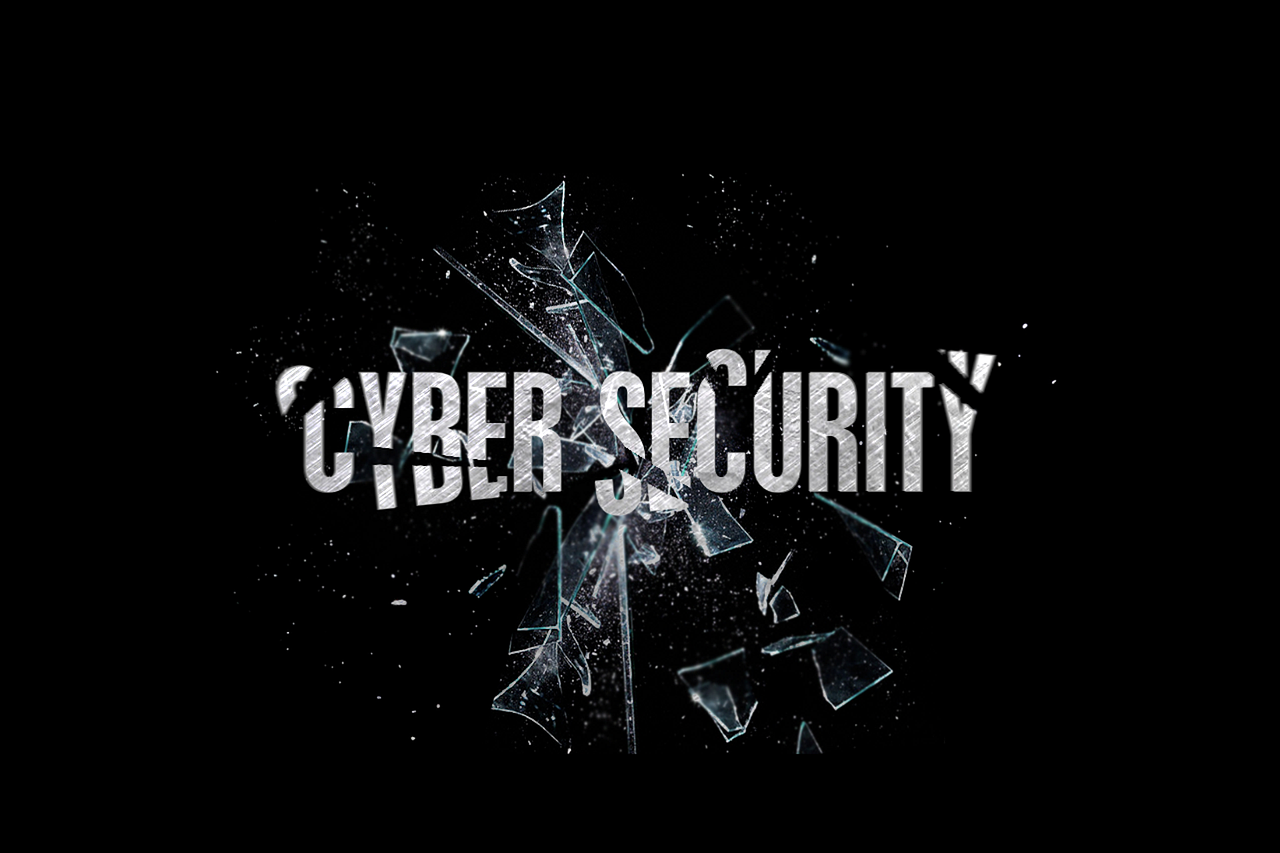
SecurityScorecard’s STRIKE Team uncovers the resurgence of Volt Typhoon, a state-sponsored advanced persistent threat (APT) actor leveraging compromised legacy devices to target critical infrastructure.
A new report from SecurityScorecard’s STRIKE Team details the alarming resurgence of Volt Typhoon, a sophisticated cyber-espionage group originating from the Asia-Pacific region. This APT actor, known for its stealth and persistence, is actively targeting critical infrastructure sectors by exploiting vulnerabilities in outdated network devices.
“This is no ordinary attack,” asserts the STRIKE Team. “Volt Typhoon exploits unprotected, outdated edge devices within targeted critical infrastructure.” The group specifically targets legacy Cisco and Netgear routers, prevalent in government and critical infrastructure organizations, repurposing these devices as operational nodes within their botnet infrastructure.
Evolving Tactics of a Stealthy Adversary
Volt Typhoon’s operational resilience and adaptive tactics pose a significant challenge to network defenders. Key findings from the STRIKE Team’s investigation include:
- Exploitation of Legacy Vulnerabilities: The APT group systematically targets end-of-life devices, such as Cisco RV320/325 routers, known to possess critical vulnerabilities. “In just 37 days, Volt Typhoon compromised 30% of visible Cisco RV320/325 routers,” the report states.
- Obfuscation and Evasion: Compromised routers are integrated into a covert transfer network, enabling the exfiltration of data while mimicking legitimate network traffic. This tactic effectively camouflages malicious activity, hindering detection efforts.
- Globally Distributed Infrastructure with Strategic Hubs: Volt Typhoon maintains command and control servers across Europe and leverages a compromised VPN device in New Caledonia as a strategic pivot point for routing traffic between the Asia-Pacific region and the Americas.
- Rapid Infrastructure Regeneration: Demonstrating remarkable resilience, Volt Typhoon rapidly re-establishes its infrastructure following disruptions by law enforcement. “Volt Typhoon quickly sets up new command servers on Digital Ocean, Quadranet, and Vultr, registering fresh SSL certificates to evade authorities,” the report reveals.
The Interplay of Ransomware and the Looming Threat of AI
While Volt Typhoon’s current operations do not involve direct ransomware deployment, the group operates within a threat landscape significantly shaped by the Ransomware-as-a-Service (RaaS) model. The STRIKE Team emphasizes that “ransom-funded advancements in hacking fuels new waves of attacks,” potentially empowering APT actors like Volt Typhoon with even more sophisticated tools and techniques. Furthermore, the potential integration of AI into attack methodologies raises concerns about the future sophistication and evasiveness of cyber threats targeting critical infrastructure.
A Call to Action: Strengthening Critical Infrastructure Defenses
The SecurityScorecard report serves as a critical wake-up call for organizations operating within critical infrastructure sectors. “Volt Typhoon is both a resilient botnet—and a warning,” the report concludes. To mitigate the risk posed by this persistent threat, organizations must prioritize the following:
- Legacy System Modernization: Expedite the replacement of outdated and vulnerable network devices, particularly end-of-life routers and other edge devices.
- Enhanced Supply Chain Security: Implement robust security assessments and continuous monitoring of third-party vendors to minimize supply chain vulnerabilities.
- Proactive Threat Hunting and Detection: Invest in advanced threat detection solutions and proactive threat hunting capabilities to identify and respond to sophisticated APT activity.